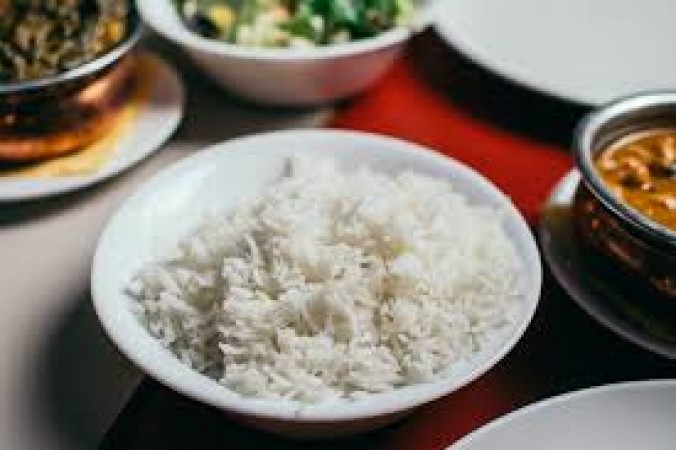
Rice is a staple in many diets around the world, but did you know that the way you cook rice can affect your blood sugar levels? Let's dive into the perfect method for cooking rice that not only makes it delicious but also helps control sugar.
Rice, especially white rice, has a high glycemic index (GI), which means it can cause a rapid spike in blood sugar levels. Managing how you cook rice can help lower its GI, making it a healthier option for people concerned about their sugar intake.
Properly cooked rice retains more of its nutrients, ensuring you get the maximum health benefits. Incorrect cooking methods can lead to nutrient loss, diminishing the overall value of this staple food.
Brown rice is a whole grain and retains its bran and germ, which are rich in fiber and nutrients. White rice, on the other hand, has these parts removed, leading to a higher GI. Opting for brown rice can be a healthier choice.
Consider using basmati or jasmine rice. Basmati rice, in particular, has a lower GI compared to other white rice varieties. Specialty rice like black or red rice also offers more fiber and antioxidants.
Always rinse your rice thoroughly before cooking. This helps remove excess starch, which can make the rice sticky and increase its GI. Rinse until the water runs clear.
Soaking rice for 30 minutes to an hour can also reduce its starch content, making it less likely to cause a spike in blood sugar levels.
Incorporate spices like turmeric or herbs such as cilantro to boost flavor and add health benefits. Turmeric, for instance, has anti-inflammatory properties.
Add vegetables like peas, carrots, or spinach to your rice. This not only increases the nutritional value but also makes the dish more filling.
Cooling rice after cooking and then reheating it can significantly reduce its GI. This process increases the resistant starch content, which is less digestible and thus less likely to cause blood sugar spikes.
Pair your rice with a source of protein like beans, tofu, or chicken. Protein helps slow the absorption of carbohydrates, leading to a more gradual rise in blood sugar.
Add healthy fats such as olive oil, nuts, or avocados. Fats also slow down carbohydrate absorption and keep you full longer.
Incorporate high-fiber foods such as vegetables or legumes into your rice dishes. Fiber helps manage blood sugar levels and promotes digestive health.
Skipping the rinsing step can leave excess starch, making the rice sticky and higher in GI.
Overcooking rice can break down its structure, increasing its GI and making it less nutritious.
Using too much or too little water can affect the texture and nutritional quality of the rice.
Properly cooked rice, especially when combined with fiber-rich foods, supports digestive health.
Following these cooking methods helps maintain lower blood sugar levels, making rice a viable option even for those with insulin sensitivity.
Cooking rice correctly ensures you absorb more nutrients from this staple food, contributing to overall better health.
Cooking rice in a way that controls sugar levels is simple yet effective. By choosing the right type of rice, rinsing and soaking it, and using proper cooking techniques, you can enjoy this staple without worrying about blood sugar spikes. Additionally, incorporating cooling and reheating techniques can further enhance the health benefits. Pair your rice with proteins, healthy fats, and fiber-rich foods for a balanced and nutritious meal. With these tips, you can savor your rice dishes while maintaining better control over your blood sugar.
Study Warns of Abdominal Paralysis Risks from Popular Weight Loss Drugs, Check Details Here
Does drinking salt water really make you feel hungry?
High cholesterol patients should not consume these things even by mistake